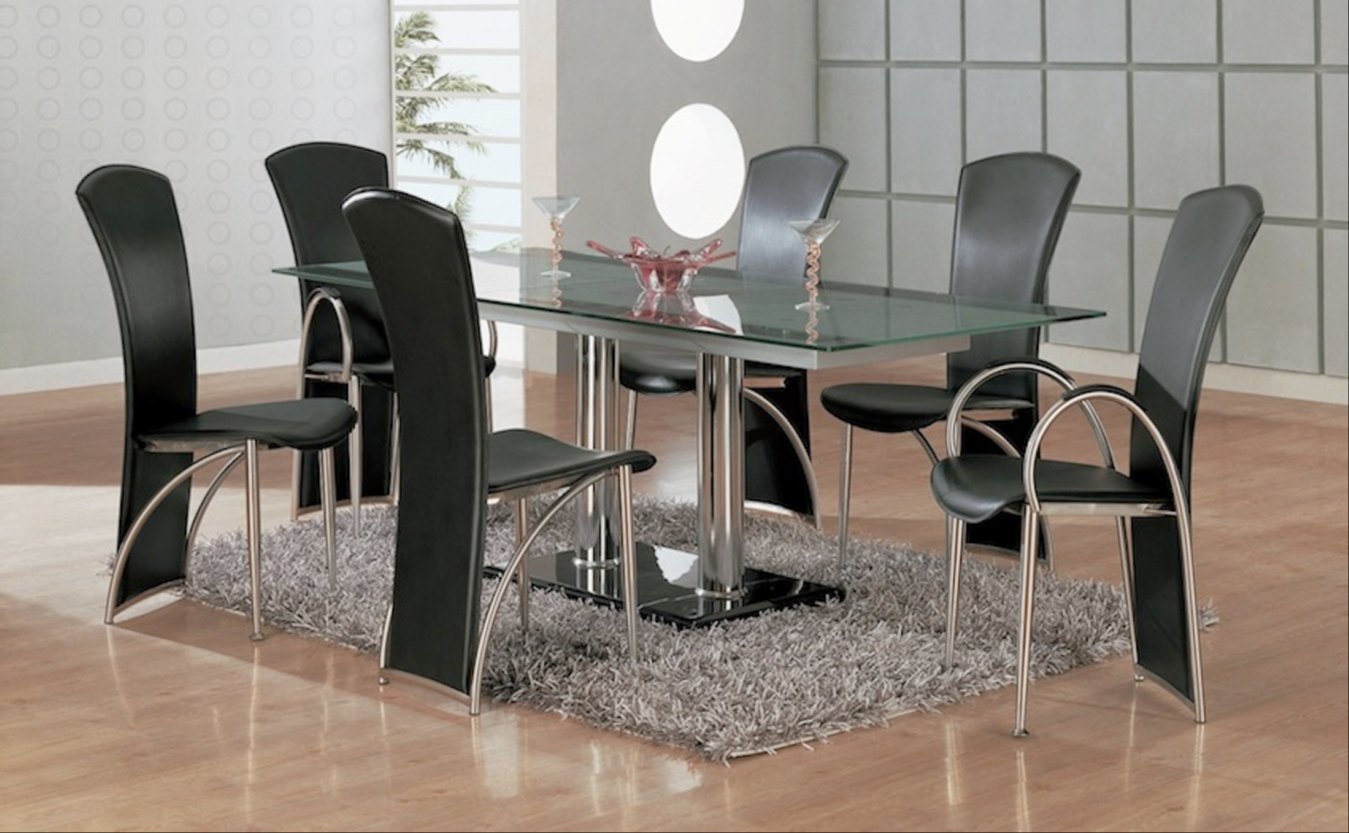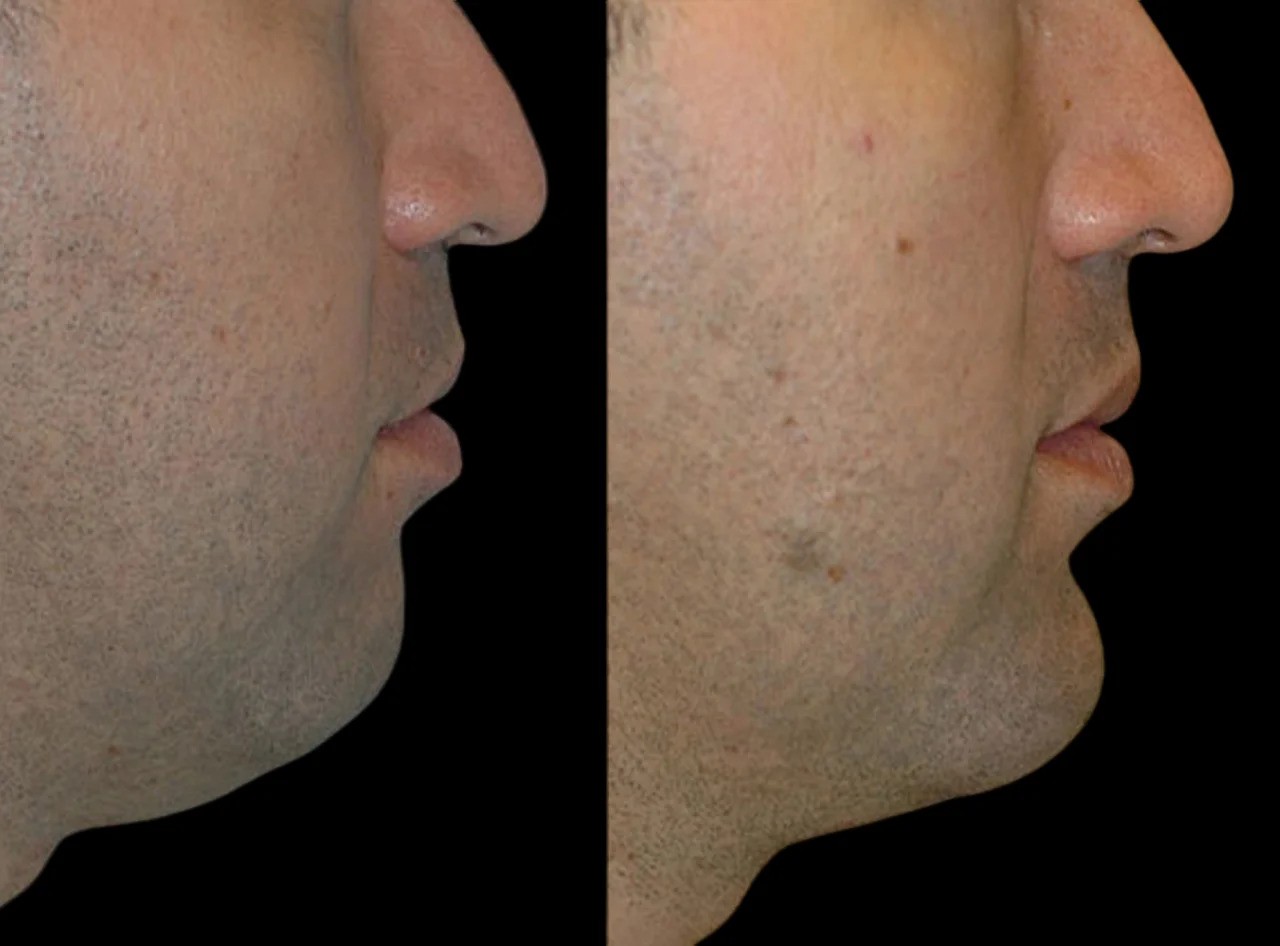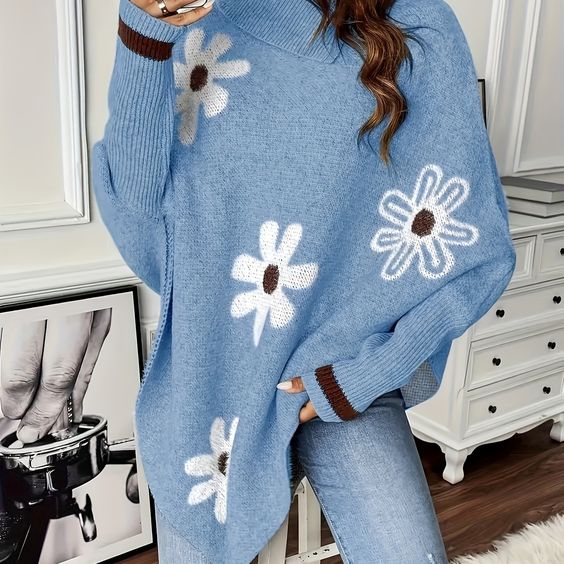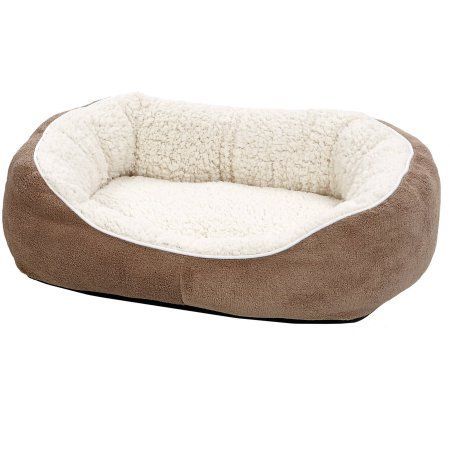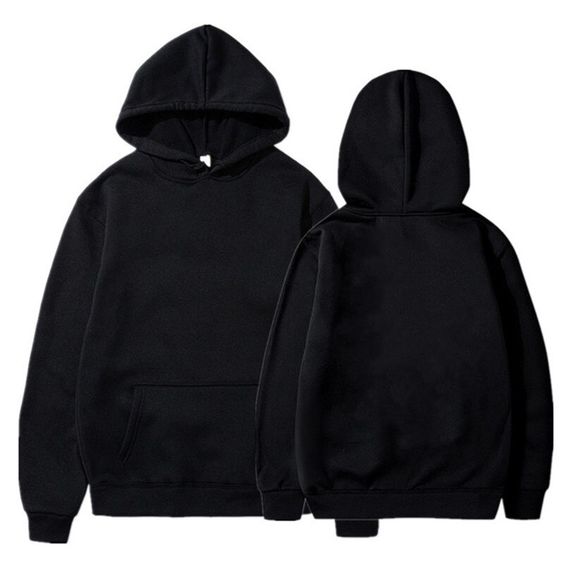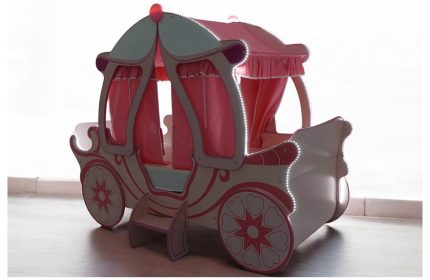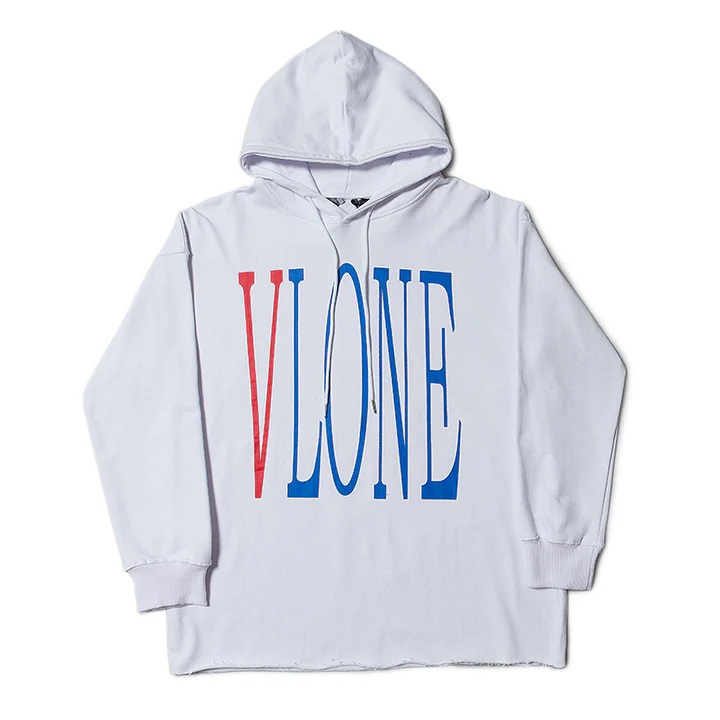A dining table is more than just a piece of furniture; it is the heart of any dining space, bringing families and friends together for meals, conversations, and celebrations. Choosing the right dining table involves a balance between functionality, design, and durability. This comprehensive guide explores everything you need to know about dining tables, from types and materials to styles and maintenance tips.
1. Types of Dining Tables
Dining tables come in various shapes and configurations to suit different spaces and preferences. Here’s a breakdown of the most common types:
A. Rectangular Dining Tables
The most traditional and versatile, rectangular dining tables can accommodate a large number of people, making them ideal for families and larger gatherings.
B. Square Dining Tables
Square tables are perfect for smaller spaces or square-shaped dining areas. They promote intimacy and conversation, as everyone sits equidistant from each other.
C. Round Dining Tables
Round tables are great for small to medium-sized spaces. They allow for easy conversation as there are no corners, and they often come with pedestal bases, providing ample legroom.
D. Oval Dining Tables
Oval tables combine the benefits of rectangular and round tables, offering more space while maintaining a cozy feel.
E. Extendable Dining Tables
Extendable tables are versatile, allowing you to adjust the size based on the number of guests. They are an excellent choice for those who entertain frequently.
2. Materials Used in Dining Tables
The material of a dining table significantly influences its durability, aesthetics, and maintenance needs.
A. Wood
Solid wood is the most popular choice due to its durability and timeless appeal. Common types include oak, maple, walnut, and teak.
- Advantages: Sturdy, long-lasting, warm aesthetic.
- Disadvantages: Can be heavy and requires regular maintenance.
B. Glass
Glass dining tables offer a modern, sleek look and can make a room feel more open and spacious.
- Advantages: Easy to clean, visually light.
- Disadvantages: Prone to scratches and requires regular cleaning to avoid smudges.
C. Metal
Metal tables, often combined with other materials like wood or glass, are durable and contemporary.
- Advantages: Strong, resistant to wear.
- Disadvantages: Can feel cold and industrial.
D. Marble
Marble dining tables exude luxury and elegance but require careful maintenance.
- Advantages: Unique, luxurious appearance.
- Disadvantages: Heavy, susceptible to stains and scratches.
E. Laminate and Veneer
Laminate and veneer tables offer a budget-friendly alternative to solid wood.
- Advantages: Affordable, available in various designs.
- Disadvantages: Less durable, prone to chipping.
3. Dining Table Styles
Dining tables are available in numerous styles to match different interior aesthetics.
A. Traditional
Traditional dining tables often feature intricate carvings, rich wood finishes, and classic designs. They are ideal for formal dining rooms.
B. Modern
Modern tables emphasize simplicity, clean lines, and minimalistic designs. Materials like glass and metal are commonly used.
C. Rustic
Rustic tables highlight natural materials and finishes, providing a warm, inviting feel. Reclaimed wood is a popular choice for this style.
D. Industrial
Industrial dining tables combine raw materials like metal and wood for a rugged, utilitarian look.
E. Contemporary
Contemporary tables blend current trends with timeless elements, often featuring innovative materials and designs.
4. Choosing the Right Dining Table
A. Size and Space
Measure your dining area to ensure the table fits comfortably. Leave enough space around the table for chairs and movement.
B. Seating Capacity
Consider the number of people you typically host. A standard rectangular table seats six, while an extendable table can accommodate more.
C. Functionality
Think about your lifestyle. If you entertain often, an extendable table might be ideal. For smaller families, a round or square table may suffice.
D. Aesthetic Harmony
Ensure the table complements your existing decor. Whether your style is modern, traditional, or eclectic, choose a table that enhances the room’s overall look.
5. Maintenance and Care Tips
Proper care extends the life of your dining table, keeping it looking pristine for years.
A. Cleaning
- Wood: Use a soft, damp cloth with mild soap. Avoid harsh chemicals.
- Glass: Use glass cleaner or a mixture of water and vinegar for a streak-free shine.
- Marble: Wipe spills immediately to prevent stains. Use a marble cleaner for deeper cleaning.
B. Protection
- Use coasters, placemats, and tablecloths to protect the surface from scratches, heat, and spills.
- Avoid placing heavy or sharp objects directly on the table.
C. Regular Maintenance
- Wood: Periodically apply a suitable polish or wax to maintain its luster.
- Glass: Inspect for chips or cracks regularly.
- Marble: Seal the surface periodically to prevent staining.
6. Custom and Designer Dining Tables
For those looking for something unique, custom dining tables allow you to choose the material, size, and design that perfectly fits your space and style.
A. Benefits of Custom Tables
- Tailored to your specifications.
- Unique designs that stand out.
- Higher quality craftsmanship.
B. Designer Tables
Renowned furniture designers offer a range of high-end dining tables that combine functionality with artistic appeal. Investing in a designer table can elevate the ambiance of your dining space.
7. Conclusion
A dining table is a pivotal element in any home, serving as a centerpiece for meals, conversations, and memories. Whether you prefer the timeless appeal of solid wood, the modernity of glass, or the luxury of marble, there is a dining table to suit every taste and need. By considering the table’s size, material, and style, you can choose the perfect piece that will enhance your dining experience for years to come.

